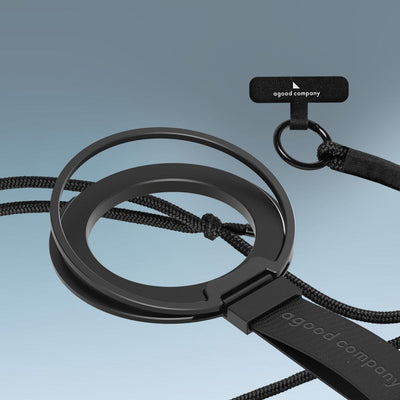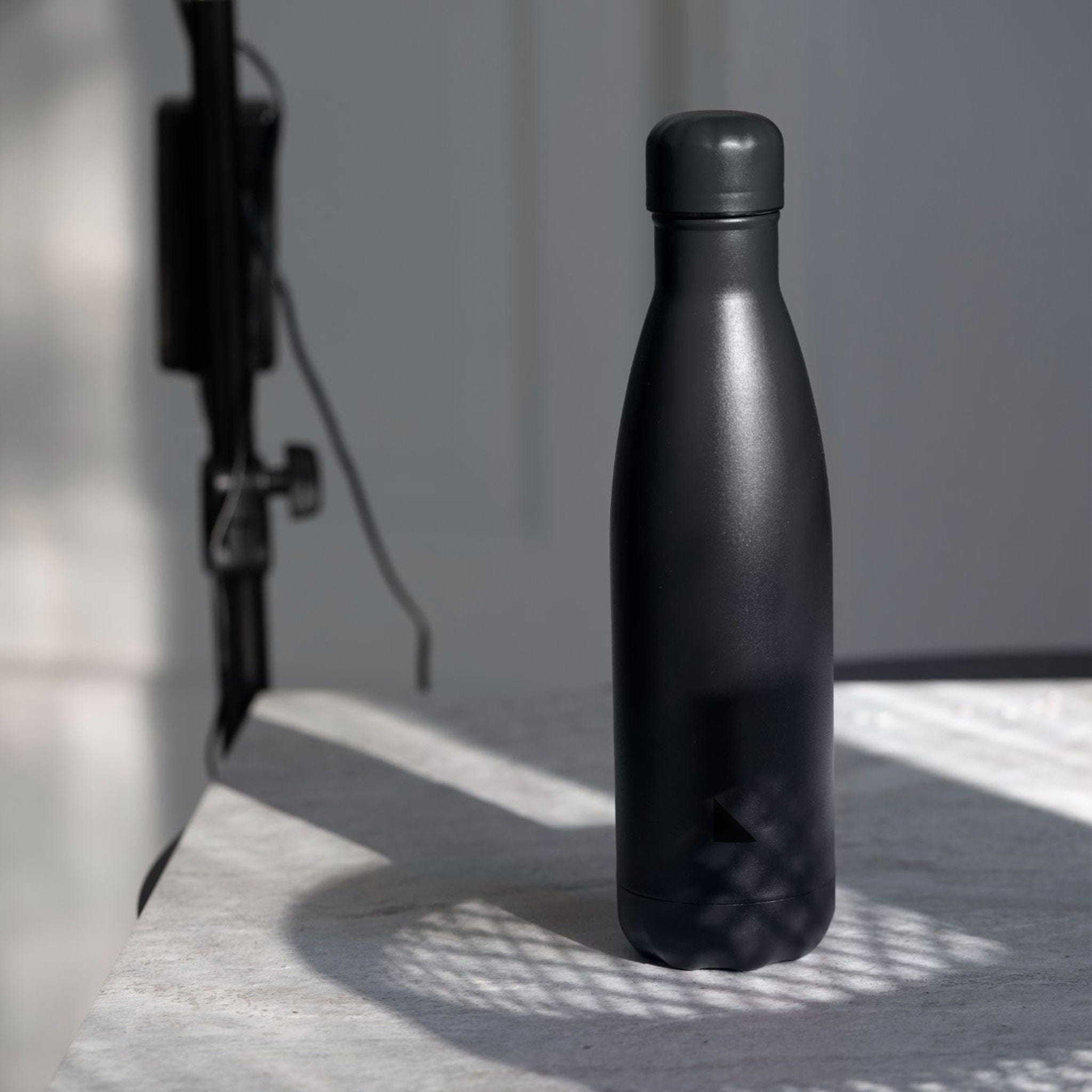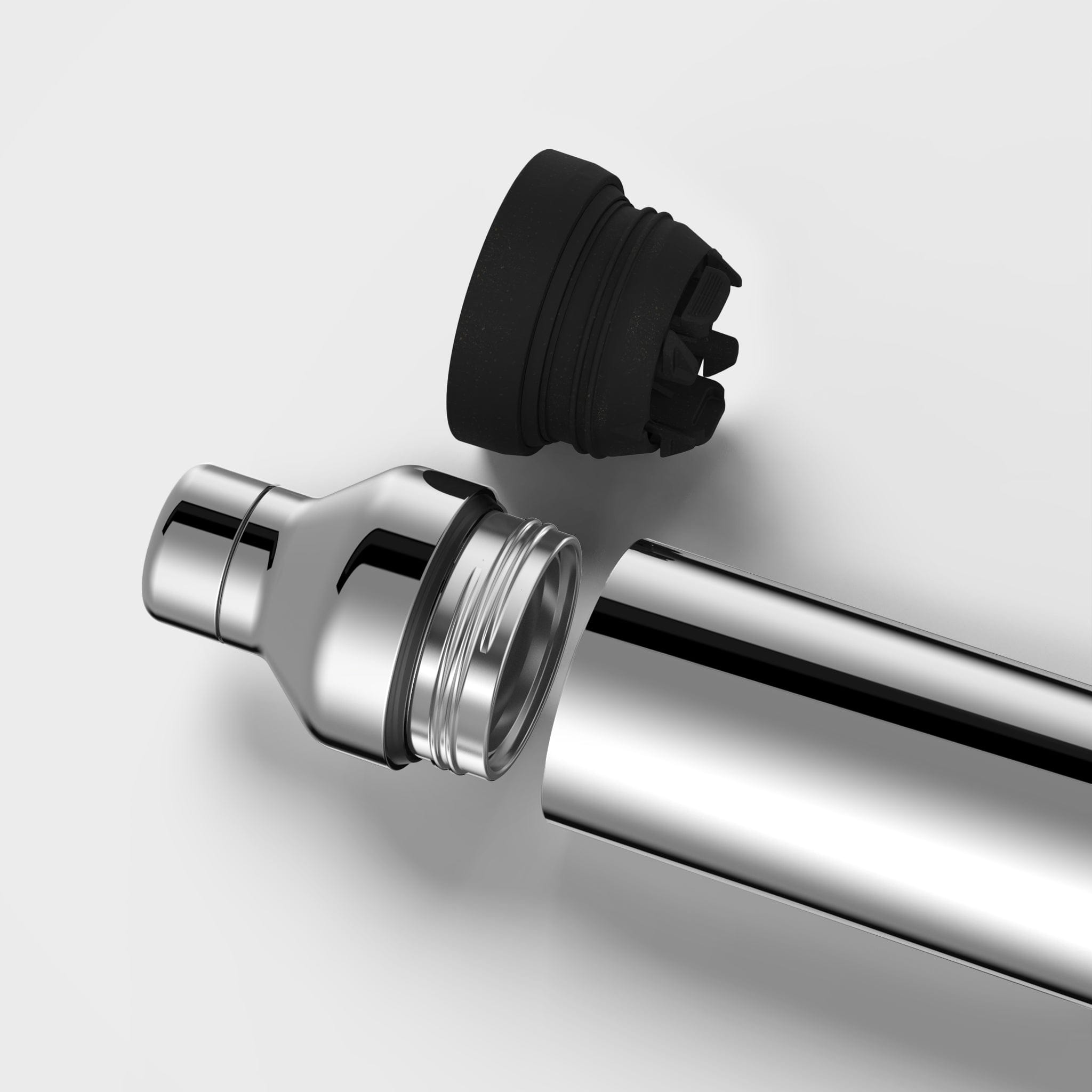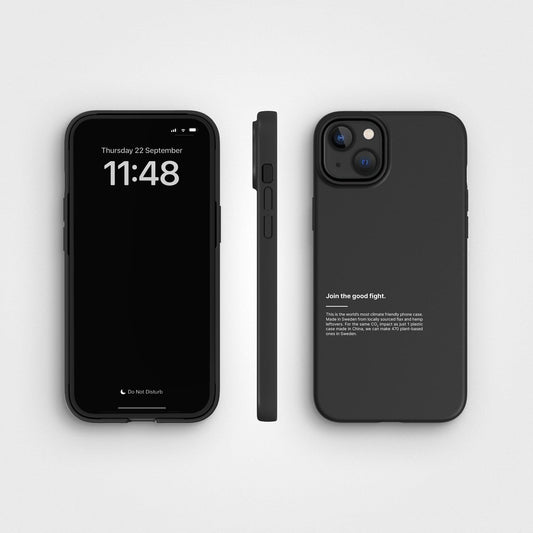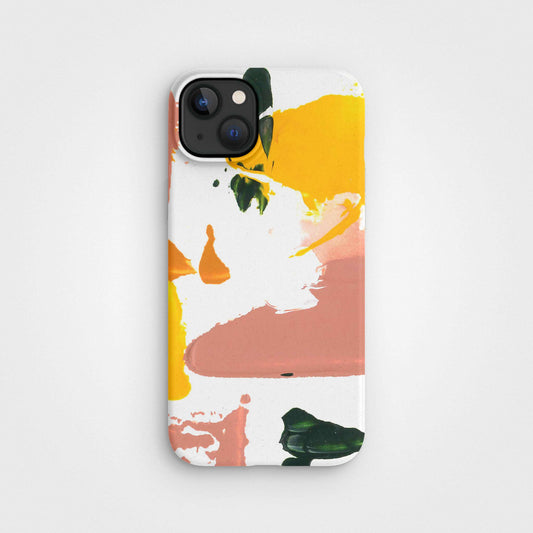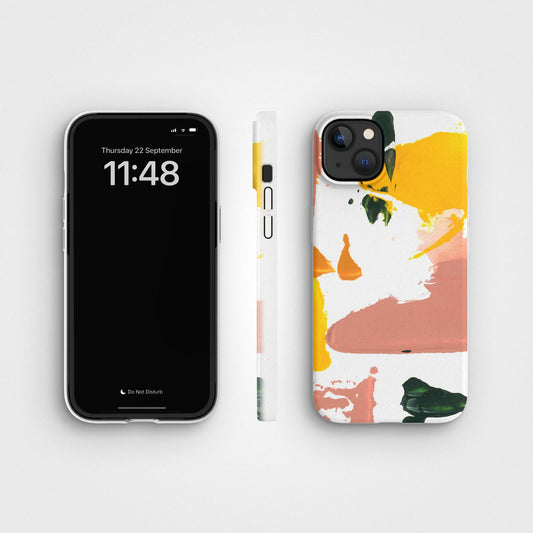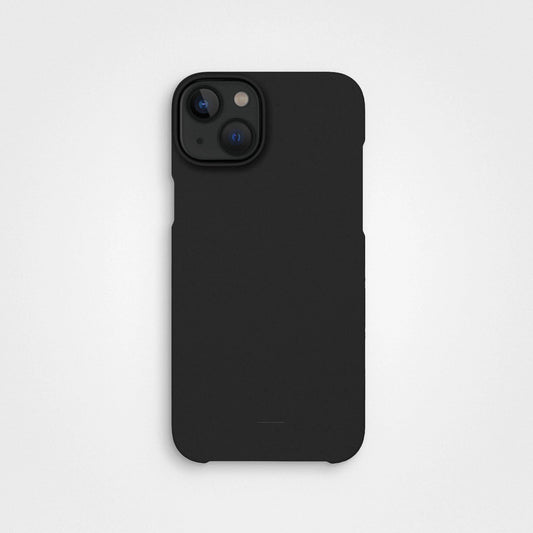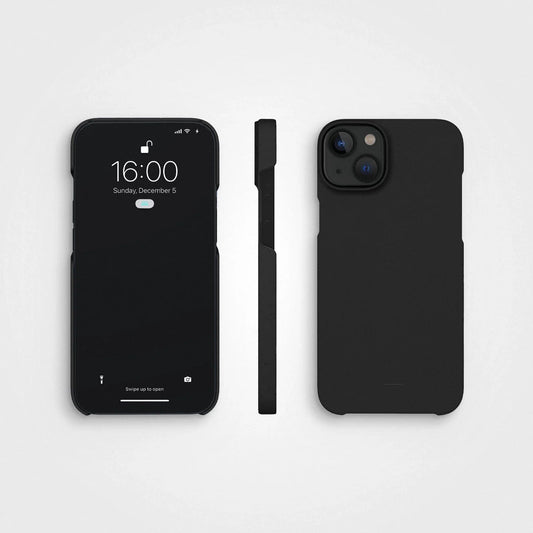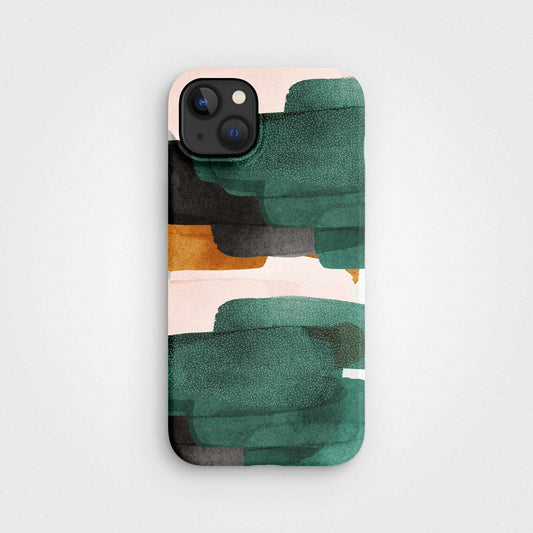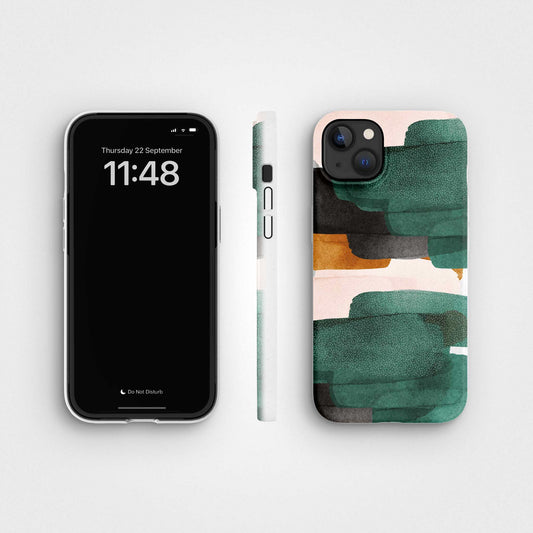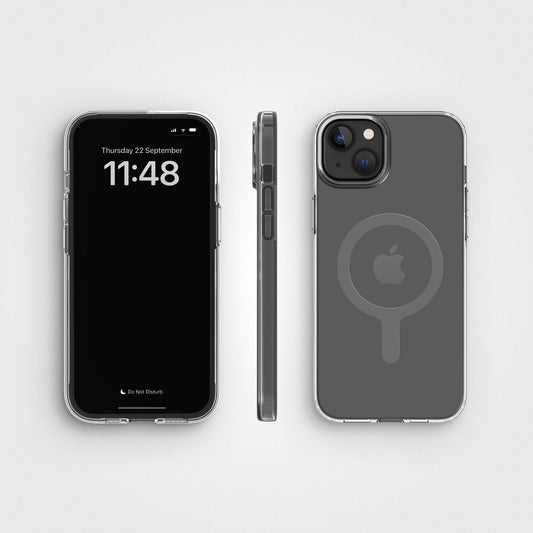Vi får ofta frågor om cirkularitet - vad det innebär, varför det är viktigt och hur det passar in i vardagen. Det är ett ämne som ofta kommer upp i samtal med våra kunder, och vi insåg att det är något som är värt att fördjupa sig i. Så vi bestämde oss för att samla alla dina frågor på ett ställe: den här bloggen.
Cirkularitet är inte bara ett annat ord som du hör slängas runt. Det är ett sätt att tänka om när det gäller hur vi använder och värderar de saker vi äger, så att inget går till spillo. Även om det är en kraftfull lösning på några av våra största miljöutmaningar är sanningen den att det ännu inte har anammats av alla. Det är därför det är så viktigt att prata om det och göra det till en del av samtalet.
Det här är inte en föreläsning eller en lista över omöjliga förändringar. Det handlar om att bryta ner det, svara på dina frågor och visa hur även små steg mot cirkularitet kan leda till något meningsfullt.
Snabba länkar
-
Vad är egentligen cirkularitet?
-
Varför är cirkularitet viktigt just nu?
-
Vad finns det för vardagliga exempel på cirkularitet?
-
Vad är skillnaden mellan cirkularitet och hållbarhet?
-
Hur påverkar cirkularitet klimatförändringarna?
-
Handlar cirkularitet bara om återvinning?
-
Varför är reparation så viktigt inom cirkularitet?
-
Är vissa branscher bättre lämpade för cirkularitet?
-
Vad är den mest utmanande delen av cirkularitet?
-
Är cirkularitet dyrt?
-
Hur kan jag praktisera cirkularitet i mitt liv?
-
Hur kan jag förklara cirkularitet för andra?
-
Hur arbetar vi mot cirkularitet?
-
Kan cirkularitet verkligen göra skillnad på global nivå?
Vad exakt är cirkularitet?
I grund och botten handlar cirkularitet om att bryta sig loss från den ”ta, skapa, slösa”-cykel som vi har varit fast i så länge. Istället för att använda resurser en gång och sedan slänga dem, fokuserar cirkularitet på att hålla material i bruk så länge som möjligt. Det kan innebära att man designar produkter som håller längre, reparerar saker i stället för att byta ut dem eller återvinner material till något nytt.
Tänk på det som en loop. Allt förblir sammankopplat och inget hamnar i soporna. Det handlar om att skapa system som fungerar i samklang med naturen.
Varför är cirkularitet viktigt just nu?
Sanningen är att vår planet inte kan hålla jämna steg med hur mycket vi konsumerar. Resurserna är begränsade och det avfall vi producerar förorenar luften, marken och haven. Cirkularitet ger oss en chans att tänka om när det gäller hur vi använder jordens resurser, så att vi inte bara tömmer dem utan också ger tillbaka.

Betyder det bara - att göra mindre skada? Nej, det gör det inte. Det handlar om att skapa ett system som är regenerativt, där avfall blir en resurs och cykeln fortsätter att gå.
Vad finns det för vardagliga exempel på cirkularitet?
Cirkularitet kan vara så enkelt som att:
- Fylla på en återanvändbar vattenflaska istället för att köpa engångsvattenflaskor i plast.
- Använda kläduthyrningstjänster i stället för att köpa något som du bara kommer att använda en gång.
- Kompostera matrester för att omvandla avfall till näringsrik jord.
- Byt eller donera föremål som du inte längre behöver i stället för att slänga dem.
Även små åtgärder, som att laga ett trasigt blixtlås eller återanvända burkar, är en del av cirkularitetstänkandet.
Vad är skillnaden mellan cirkularitet och hållbarhet?
Hållbarhet är det bredare målet - att leva på ett sätt som uppfyller våra behov utan att äventyra framtiden. Cirkularitet är ett sätt att uppnå det målet. Medan hållbarhet ofta fokuserar på att göra mindre skada handlar cirkularitet om att helt förändra hur vi använder resurser. Att behålla material i kretsloppet - reparera, återanvända, återanvända, så att avfall inte ens är en del av ekvationen. På ett sätt är cirkularitet den praktiska sidan av hållbarhet, som visar oss hur vi kan använda det vi redan har på ett bättre sätt.
Hur påverkar cirkularitet klimatförändringarna?
Cirkularitet spelar en stor roll när det gäller att minska utsläppen av växthusgaser. Genom att återanvända material och utforma produkter med längre livslängd kan vi minska behovet av resursutvinning, tillverkning och avfallshantering - som alla bidrar till klimatförändringarna. Om du till exempel reparerar en produkt istället för att byta ut den sparar du all energi och alla resurser som skulle ha gått åt för att tillverka en helt ny produkt och skicka den till dig. Det är ett enkelt sätt att krympa ditt koldioxidavtryck och minska trycket på planeten.
Handlar cirkularitet bara om återvinning?
Återvinning är en del av det, men cirkularitet går mycket djupare. Återvinning sker ofta i slutet av en produkts livslängd, medan cirkularitet fokuserar på hela livscykeln. Det handlar om att designa saker så att de kan återanvändas, repareras eller återanvändas från början. Återvinning är som ett skyddsnät - viktigt, men inte hela lösningen.

Varför är reparation så viktigt i cirkularitet?
Att reparera något istället för att kasta bort det är ett av de enklaste och mest effektiva sätten att praktisera cirkularitet. Oavsett om det handlar om att byta ut skosulorna eller laga en sprucken telefonskärm ger reparation nytt liv åt det du redan har.
Vi tror mycket på reparation. Det är därför vi delar med oss av skötselråd, rekommenderar tjänster som Gofixit och uppmuntrar dig att behandla dina ägodelar som investeringar, inte bara föremål. Varje gång du reparerar i stället för att byta ut bidrar du till att förlänga livslängden på de resurser som har använts för att tillverka föremålet.
Är vissa branscher bättre lämpade för cirkularitet?
Ja, absolut. Branscher som mode, elektronik och förpackningar gör betydande framsteg. Många modevarumärken erbjuder nu återtagningsprogram, reparationstjänster eller uthyrning av kläder, medan elektronikföretag fokuserar på reparerbara och uppgraderbara produkter.
Alla initiativ är dock inte lika effektiva som de verkar. Vissa återtagningsprogram har kritiserats för att inte återvinna eller återanvända föremål på rätt sätt. Detta visar hur viktigt det är att välja varumärken med omsorg och se till att deras löften stämmer överens med deras handlingar. Alla branscher, inklusive livsmedels- och byggbranschen, har en roll att spela när det gäller att ompröva resursanvändningen och minimera avfallet.

Vad är det mest utmanande med cirkularitet?
Det svåraste är att bryta gamla vanor. Vi har vuxit upp i en värld som värdesätter bekvämlighet och slit-och-släng, så att övergå till ett cirkulärt tankesätt kräver ansträngning. Det kräver också att företag och regeringar tänker om när det gäller hur de arbetar, vilket inte alltid är snabbt eller enkelt. Men ju fler människor som efterfrågar hållbara lösningar, desto lättare blir det att göra cirkularitet till mainstream.
Är cirkularitet dyrt?
Det kan kännas som att cirkulära produkter kostar mer i början, men den verkliga frågan är: vad är värdet över tid? En högkvalitativ produkt som håller i flera år, eller som kan repareras när det behövs, är ofta billigare i det långa loppet än något billigt som du måste byta ut varannan månad.
Och cirkularitet handlar inte bara om att spendera mer - det handlar om att göra smartare val. Att donera istället för att slänga, att välja tidlöst framför trendigt och att fokusera på hållbarhet framför slit-och-släng.
Hur kan jag praktisera cirkularitet i mitt liv?
Du behöver inte förändra hela ditt liv över en natt för att praktisera cirkularitet. Börja med ett steg och låt det steget leda till ett annat, och sedan ett annat.
Köp med eftertanke
Innan du trycker på ”lägg i varukorgen”, ta en stund och fundera över produktens livslängd. Är det något som kommer att hålla i flera år, eller kommer den att falla sönder efter några få användningar? Prioritera produkter som är välgjorda, går att reparera eller är tillräckligt mångsidiga för att kunna användas för flera ändamål. Att investera i kvalitet framför kvantitet sparar inte bara pengar i det långa loppet, utan minskar också efterfrågan på engångsprodukter som ger upphov till slöseri. Kom ihåg att genomtänkta inköp är grunden för en cirkulär livsstil.
Förläng livslängden på det du äger
Allt du äger har mer potential än du kanske tror. En liten reva i dina favoritjeans behöver inte betyda att de ska slängas i soporna. Ta fram nål och tråd eller besök en skräddare. Den gamla telefonen som du var på väg att byta ut? En snabb reparation kan göra den så gott som ny. Att ta hand om det du redan har - städa, underhålla och reparera - skapar en djupare koppling till de saker du äger och får dig att uppskatta dem ännu mer.

Hitta ett nytt hem åt gamla saker
Bara för att du är klar med något betyder det inte att det är gjort för gott. Donera kläder, ge bort gamla möbler till en vän eller byt till dig saker du inte längre behöver. Det som är värdelöst för dig kan vara precis det som någon annan letar efter.
Stöd varumärken som bryr sig
Leta efter företag som erbjuder reparationstjänster, återtagningsprogram eller produkter som är utformade för att hålla. När du spenderar dina pengar hos företag som värdesätter cirkularitet hjälper du dem att investera i bättre material, smartare design och mer hållbara metoder som gynnar oss alla.
Låna, köp inte
Oavsett om det gäller ett verktyg som du bara kommer att använda en gång eller en fin klänning för en fest, kan du överväga att låna av en vän, hyra eller hitta en delningstjänst. Ibland är det bästa sättet att minska avfallet att undvika att göra ett köp överhuvudtaget. Och lita på oss, vi säger detta som en butik som älskar när du handlar - men på ett ansvarsfullt sätt. Vi finns här för de saker du verkligen behöver, inte bara för de saker du tror att du behöver.
Hur kan jag förklara cirkularitet för andra?
Det enklaste sättet är att använda enkla, vardagliga exempel. Du kan till exempel säga "Cirkularitet är som att ge bort kläder till yngre syskon istället för att slänga dem. Det handlar om att ge saker ett andra, tredje eller till och med fjärde liv så att inget går till spillo." Att dela med sig av sina egna erfarenheter, som att laga något som man trodde var trasigt eller hitta kreativa sätt att återanvända gamla saker, kan också visa hur små förändringar kan göra stor skillnad.
Hur arbetar vi för att uppnå cirkularitet?
Cirkularitet är kärnan i allt vi gör, och vårt program agood loop™ är en stor del av det. Programmet gör det möjligt för kunderna att returnera våra produkter när de inte längre används, så att vi kan använda dem i framtida produktion. Det är vårt sätt att hålla material i omlopp samtidigt som vi ger dig något i gengäld - en rabatt som tack för att du är en del av loopen.
Det har inte varit lätt att komma hit. Det har varit en resa fylld av utmaningar, misstag och massor av lärdomar. Att utforma produkter som håller, att köpa in hållbara material och att bygga upp ett program som agood loop™ har tvingat oss att tänka annorlunda i varje steg. Och även om vi är stolta över hur långt vi har kommit, vet vi att det fortfarande finns så mycket att lära och förbättra.
Kan cirkularitet verkligen göra skillnad på global nivå?
Ja, absolut. De val vi gör som individer spelar roll, men det verkliga skiftet sker när företag, regeringar och industrier kommer med på tåget. När stora aktörer börjar tänka om kring hur de designar, producerar och hanterar resurser kan vi på allvar minska avfallet, föroreningarna och belastningen på planeten. Och även om det kanske börjar i liten skala kan dessa förändringar växa till något som verkligen påverkar.
Cirkularitet börjar med oss alla
Det fina med cirkularitet är att det är en gemensam ansträngning. Varje reparation, varje genomtänkt köp, varje liten åtgärd du vidtar bidrar till en mycket större rörelse.
Så, vad är ditt första steg? Kanske är det att laga något du älskar, donera något du inte behöver eller helt enkelt välja att fråga ”Vad händer härnäst med den här?” istället för att kasta bort den.
Låt oss hålla cirkeln snurrande.



